 Plants are full of phytochemicals that protect them from ultraviolet (UV) rays. The good news is that we can access many of these through our diets. While it is possible to get a natural sunblock from your food, always be mindful about getting too much of a good thing.
Plants are full of phytochemicals that protect them from ultraviolet (UV) rays. The good news is that we can access many of these through our diets. While it is possible to get a natural sunblock from your food, always be mindful about getting too much of a good thing.
Let's take a look at how carotenoids, polyphenols and other antioxidant rich compounds can provide us with edible sunscreen.
Eat a Rainbow (Fish)
Colorful carotenoids appear to accumulate in the skin and provide you with protection from the sun’s UV rays. You can also get serious sun protection from eating large quantities of fish and more specifically, fish oil.
Red foods, ie tomatoes contain lycopene, which is a bright red carotenoid. Sorry cherries and strawberries, but not all red foods contain lycopene.
Here is a list of foods high in lycopene: autumn olive, gac (super rare super food), tomatoes, watermelon, pink grapefruit, pink guava, papaya, seabuckthorn, wolfberry (goji, a berry relative of tomato), and rosehip.
Italians Got It Right
Fire up the stove and get your olive oil ready! Most foods loose their nutrient density upon cooking but the lycopene in tomatoes becomes more available by up to 4 times.
Also note that lycopene is insoluble in water so serving up your cooked tomatoes drizzled in olive oil greatly increases assimilation from the digestive tract into the bloodstream. Lycopene is fat-soluble, so the oil is said to help absorption. Gac is a notable exception, containing high concentrations of lycopene and also saturated and unsaturated fatty acids.
Another carotenoid that serves as a natural coloring given it’s orange-red color is lutein. It absorbs blue light and can be found in high quantities in green leafy vegetables such as spinach, kale and yellow carrots.
Lutein is an antioxidant and can also be found in egg yolks and animal fats. In addition to coloring yolks, lutein causes the yellow color of chicken skin and fat.
More Colorful Antioxidant Sunscreen Foods
Cyanidins, found in most fruit sources of anthocyanins, have been found to “function as a potent antioxidant.
Cyanidin is the color you see in many red berries including grapes, bilberry, blackberry, blueberry, cherry, cranberry, elderberry, hawthorn, loganberry, açai berry and raspberry. It can also be found in other fruits such as apples and plums, and in red cabbage and red onion.
Cyanidin is four times more powerful an antioxidant than vitamin E.

Say Cheese!
Before you get out that wheel of cheese let's be clear it is annatto, which is the coloring often used to make cheese orange that fights UV rays. It comes from the seeds of the achiote fruit.
UA College of Pharmacy Associate Professor of Pharmacology and Toxicology Dr. Georg Wondrak and Dr. Donna Zhang are members of the University of Arizona Cancer Center.
They're looking at a compound in annatto, called bixin, that can prevent skin cancer by preventing sunburn.
This can also be used in place of nutmeg and should be a spice that comes into vogue in North America in the coming years.
Foods Rich in Vitamin C & E
Yes, it is crucial to have both and given their poor solubility, better to have from whole foods, than popping pills. Vitamin C and vitamin E act synergistically to reduce UV-induced skin inflammation, in contrast to either vitamin alone, which has shown no protective effects. They reduce sunburn; however,don’t think you have found the fountain of youth with this one as the anti-aging effects are not substantiated.
This was a fun food experiment I did with moringa leaves in my french press. That was a vibrant cup of coffee and life-enhancing bowl of super greens.
Vitamin C: moringa, citrus fruits, bell peppers, dark leafy greens, kiwifruit, broccoli, berries, citrus fruits, tomatoes, peas, and papayas
Vitamin E: nuts (hazel nuts), seeds, avocado, vegetable oils and wheat germ (oil in particular), swiss chard and fish are great natural sources of vitamin E.
Are You Feeling Polyphenols?
Pour a cup of tea or a cocoa beverage rich in flavanols and read on. The complex polyphenolic compounds in tea and cocoa provide the same protective effect for the skin as for internal organs. Green tea has an antioxidant effects in both human and animal skin and can limit the reduce skin damage caused by UV exposure. A study showed that flavanols in cocoa resulted in a decrease in sensitivity to UV radiation. Good news is it was a long-term ingestion study. Yes, sign me up!
Coffee Keeps the Skin Cancer Away
OK, don’t read too much into this but there are studies that show that 3 cup coffee-drinking ladies were 21% less likely to develop basal cell carcinoma (BCC) which is the most common form of skin cancer.
As chocolate and tea drinkers also should show similar UV protection and cancer fighting results it is speculated that the caffeine is at work. However, all of these also contain antioxidants and so it could more complicated than just drinking a jacked up energy drink full of caffeine and thinking you're covered, literally.
A Bottle of Red Wine and a Sun Lounger Please
Grapes and red wine contain polyphenols and flavonoids that inhibit the generation of the 'reactive oxygen species' (ROS). The news you need to know is that they have a protective effect against ultraviolet radiation emitted by the sun.
If you don’t imbibe you can just eat grapes along with pistachios and peanuts. You can also do your part to fight the invasive species (what a that term) Japanese knotweed. The roots of Japanese knotweed are one of the richest sources of resveratrol.
Keep Calm and Drink Chamomile
Apigenin is a widely distributed plant flavonoid occurring in herbs, fruit, vegetables, and beverages. Apigenin was found to be effective in the prevention of UVA/UVB-induced skin carcinogenesis in SKH-1 mice. Commonly consumed in chamomile tea but nice to know you can get a does frome red wine and beer.
That is a roundup of edible sunscreen foods and how to get a natural sunblock from food and a great chart with a list of foods rich in those fabulous polyphenols. Eat those grab your cork yoga blocks and go get some vitamin D.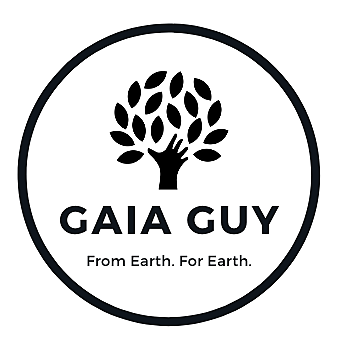








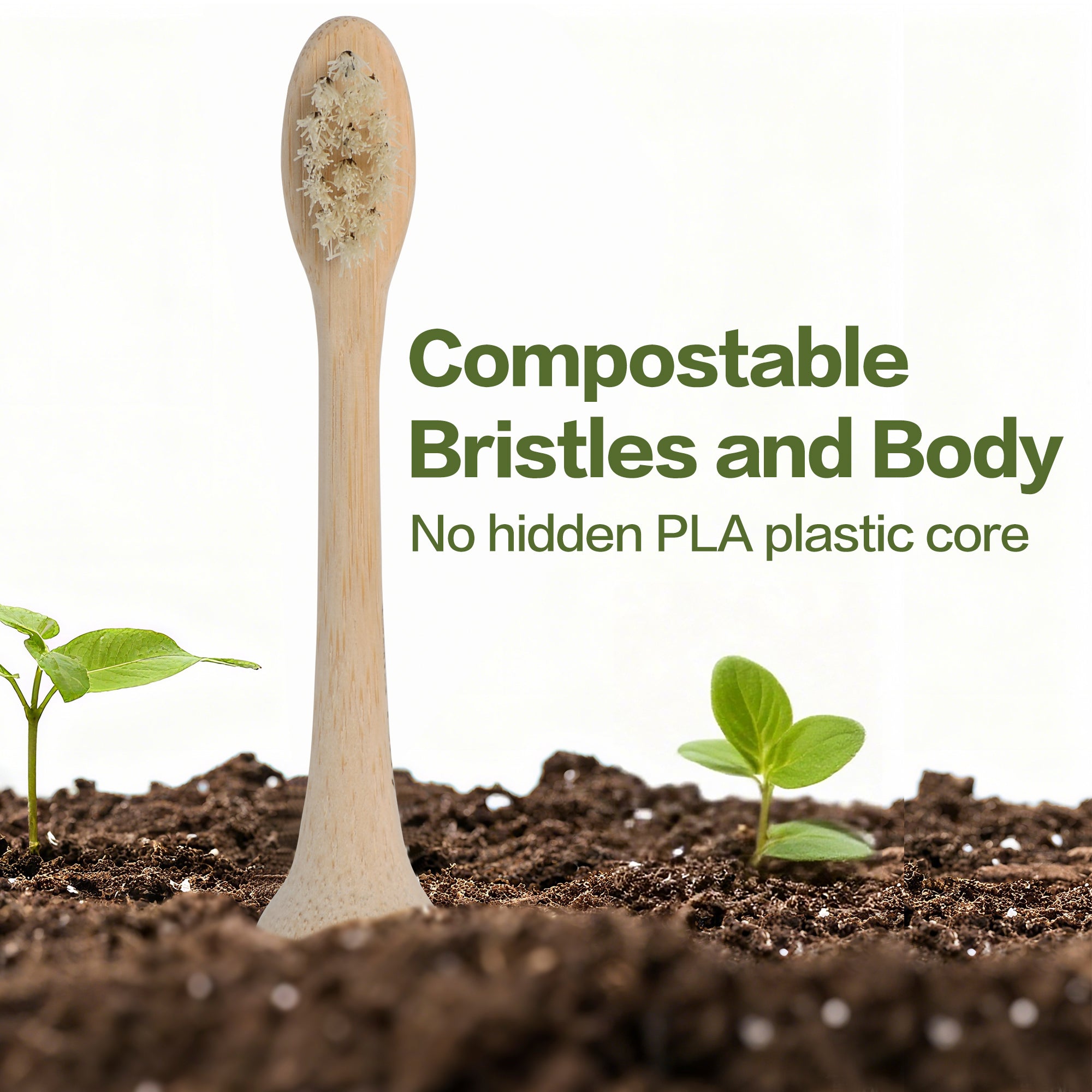
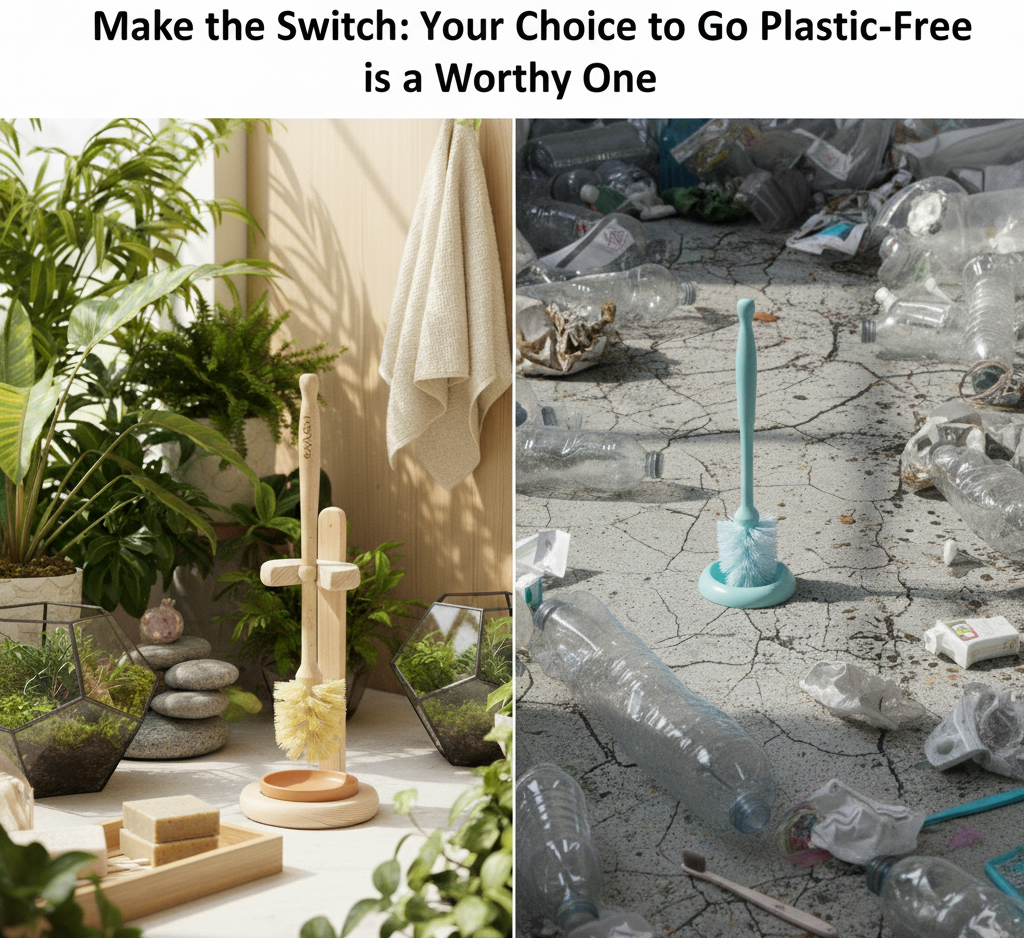
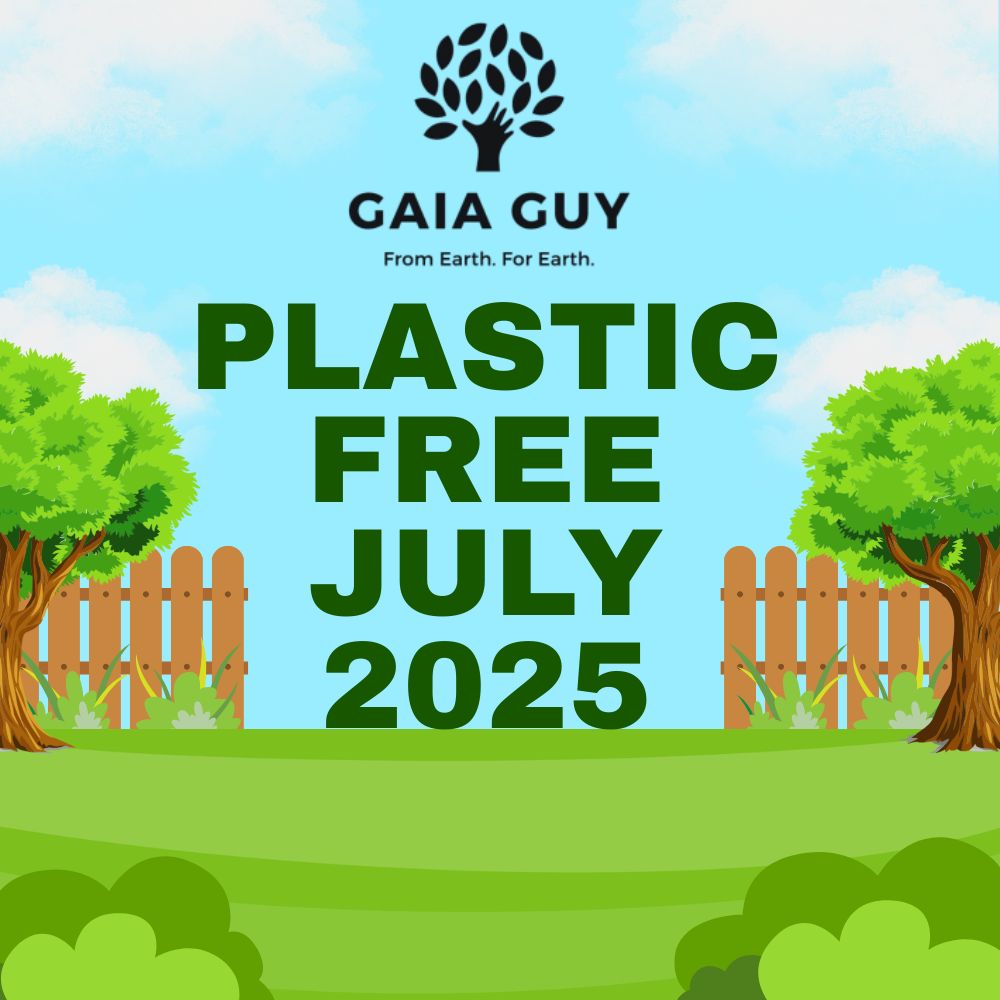
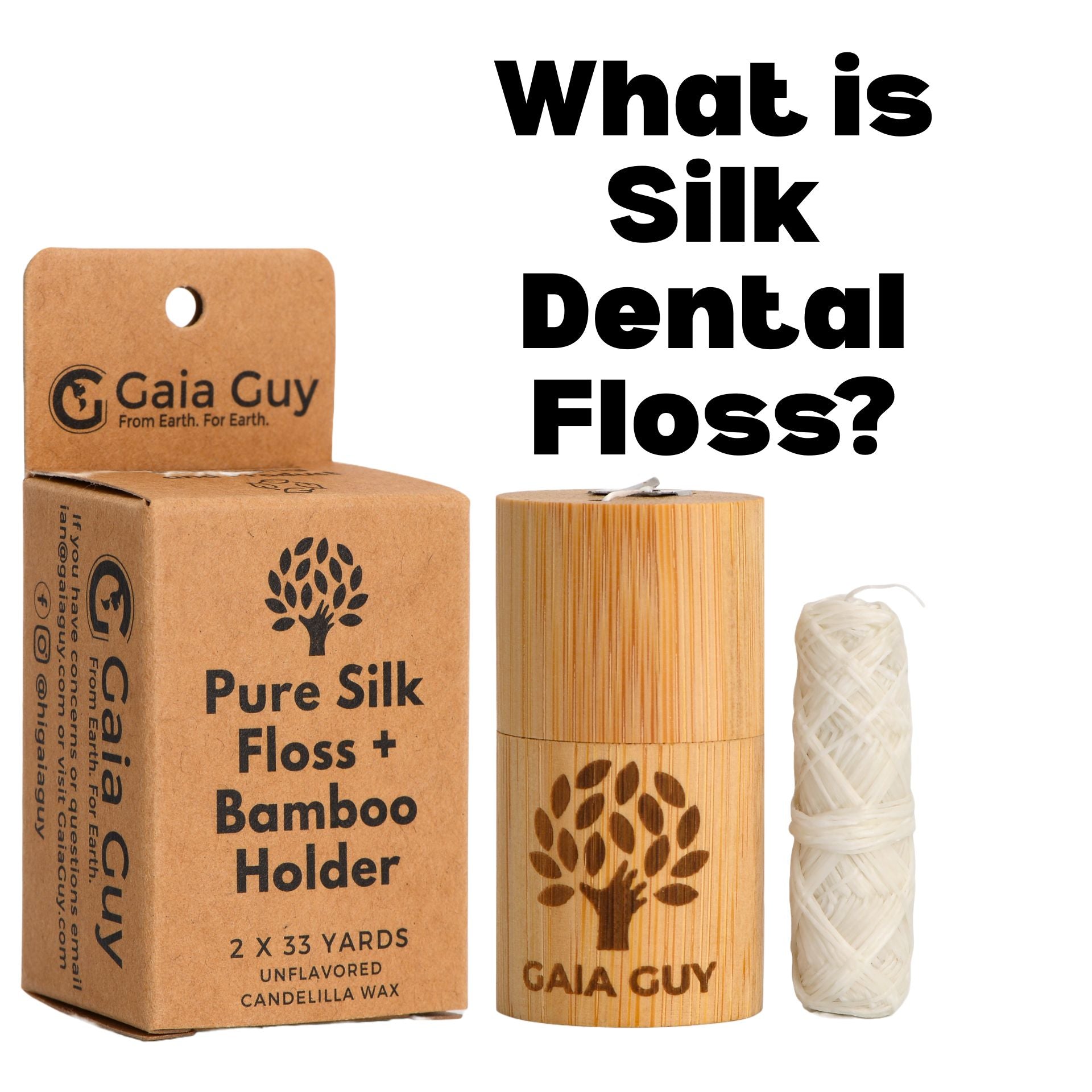
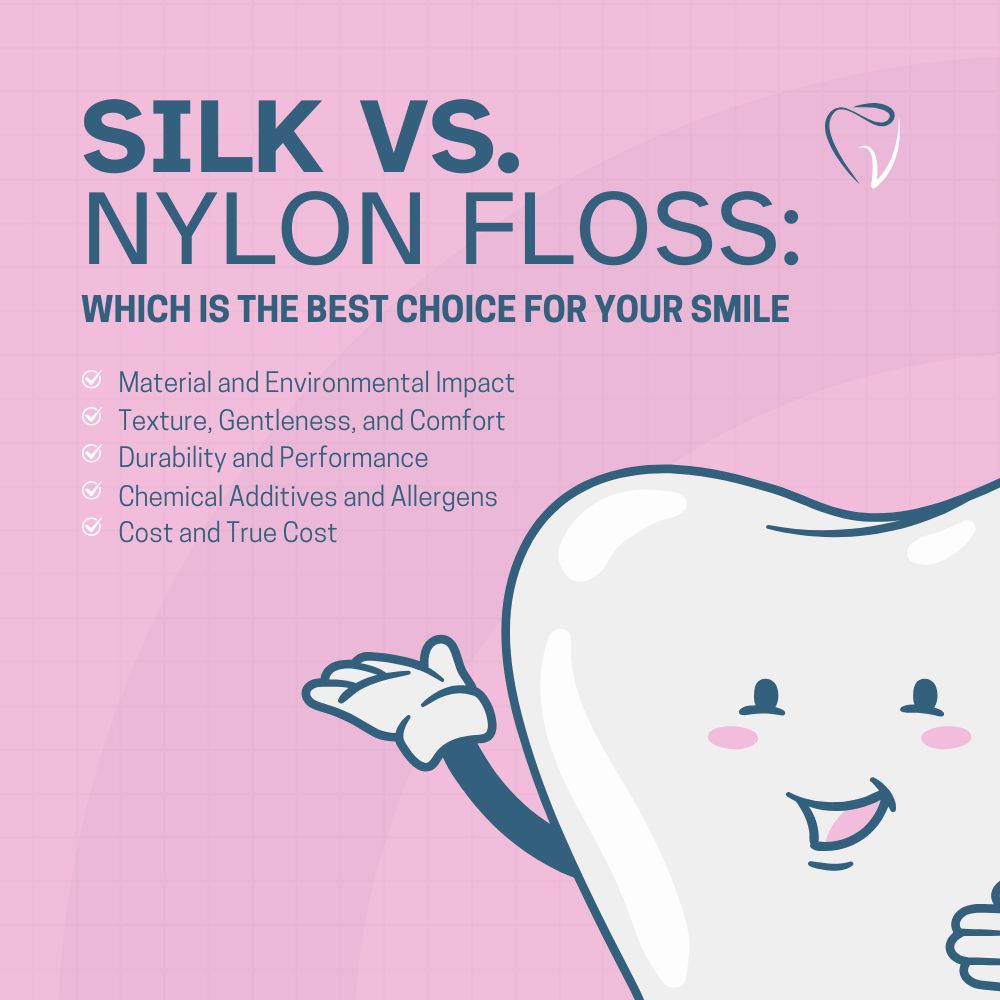
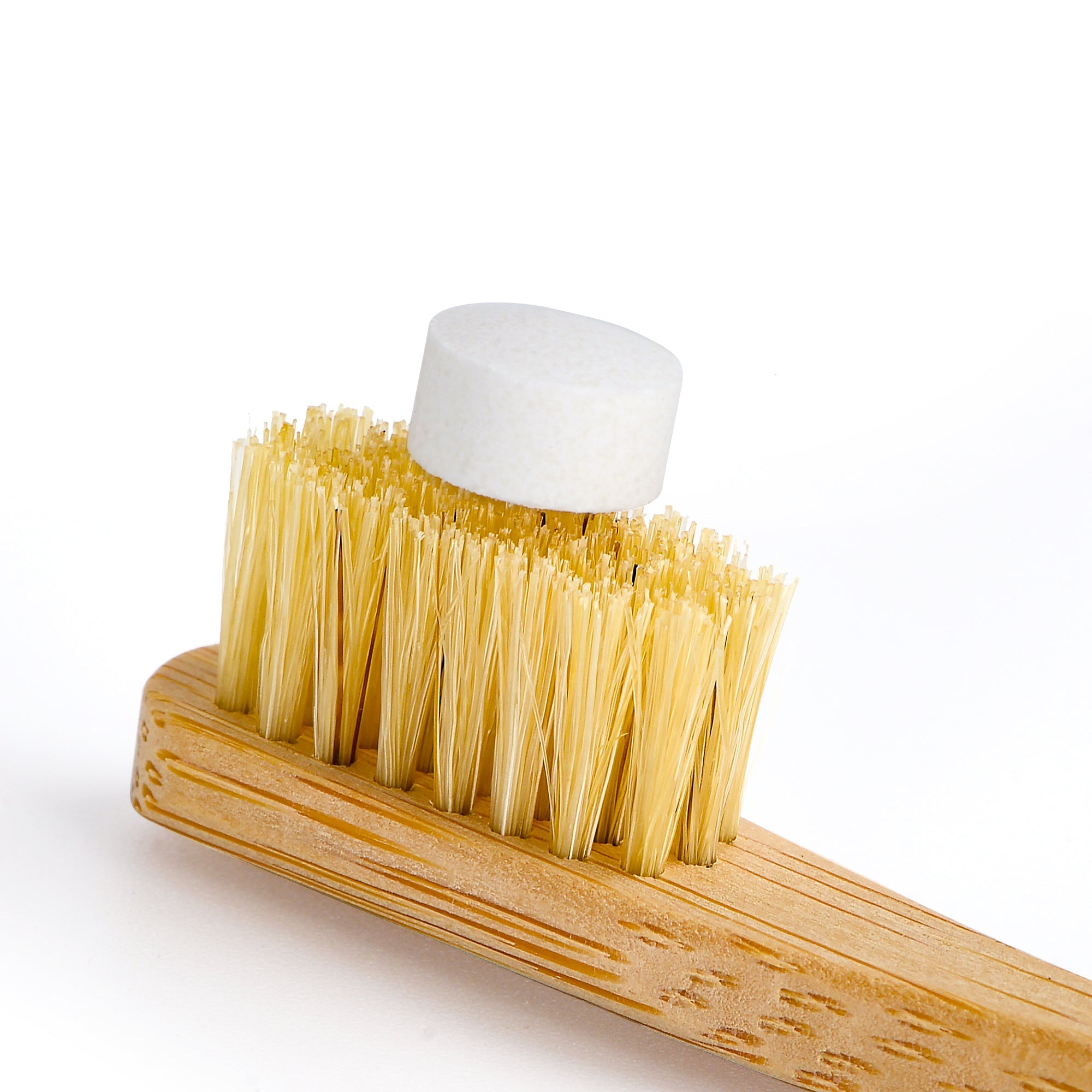
1 comment
JIll
This is a very interesting article. I wonder how much of these foods are needed per day to ward off sunburn. Is there some sort of measure of how much phytonutrients are needed to protect our skin from a sunburn?